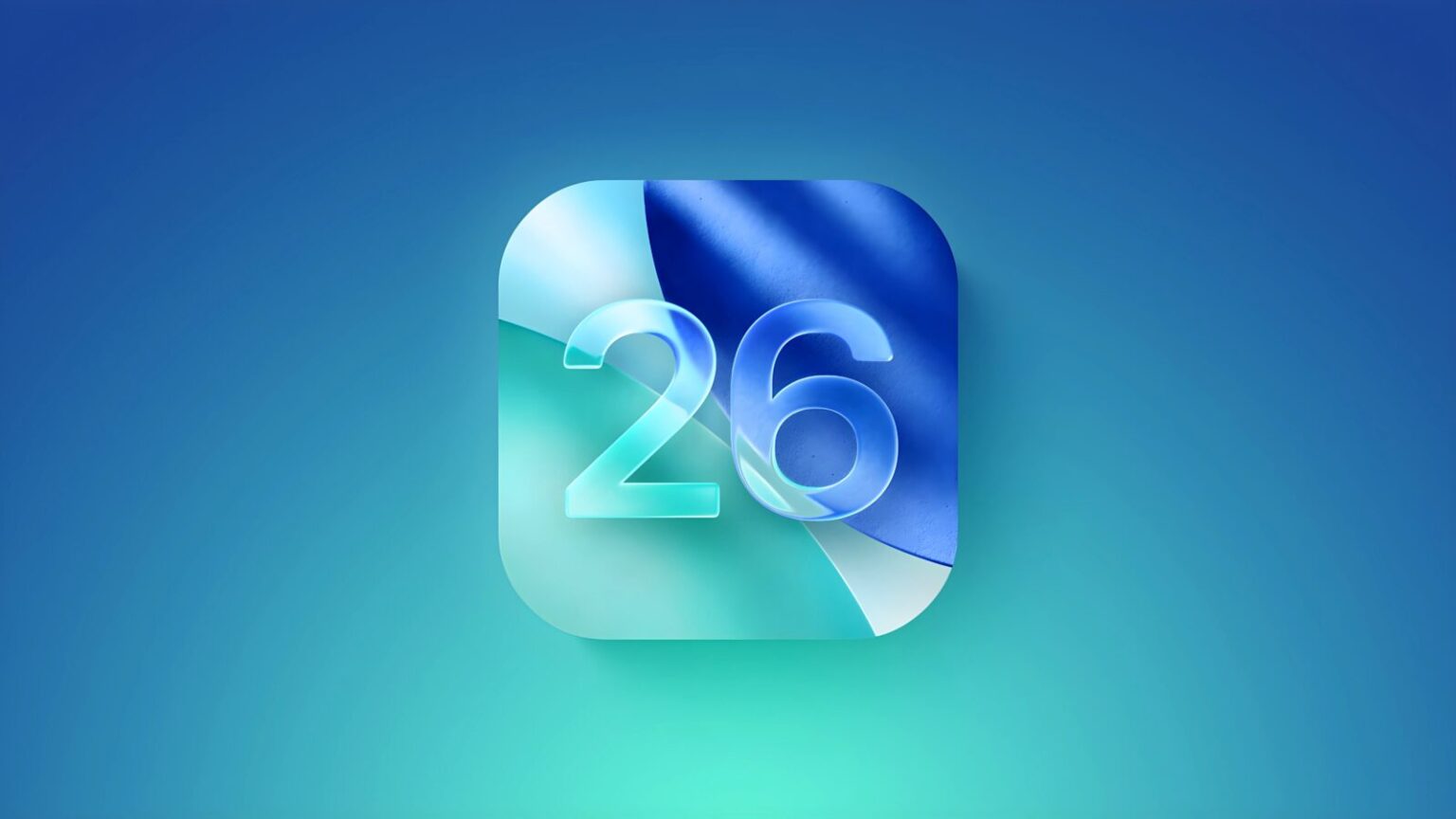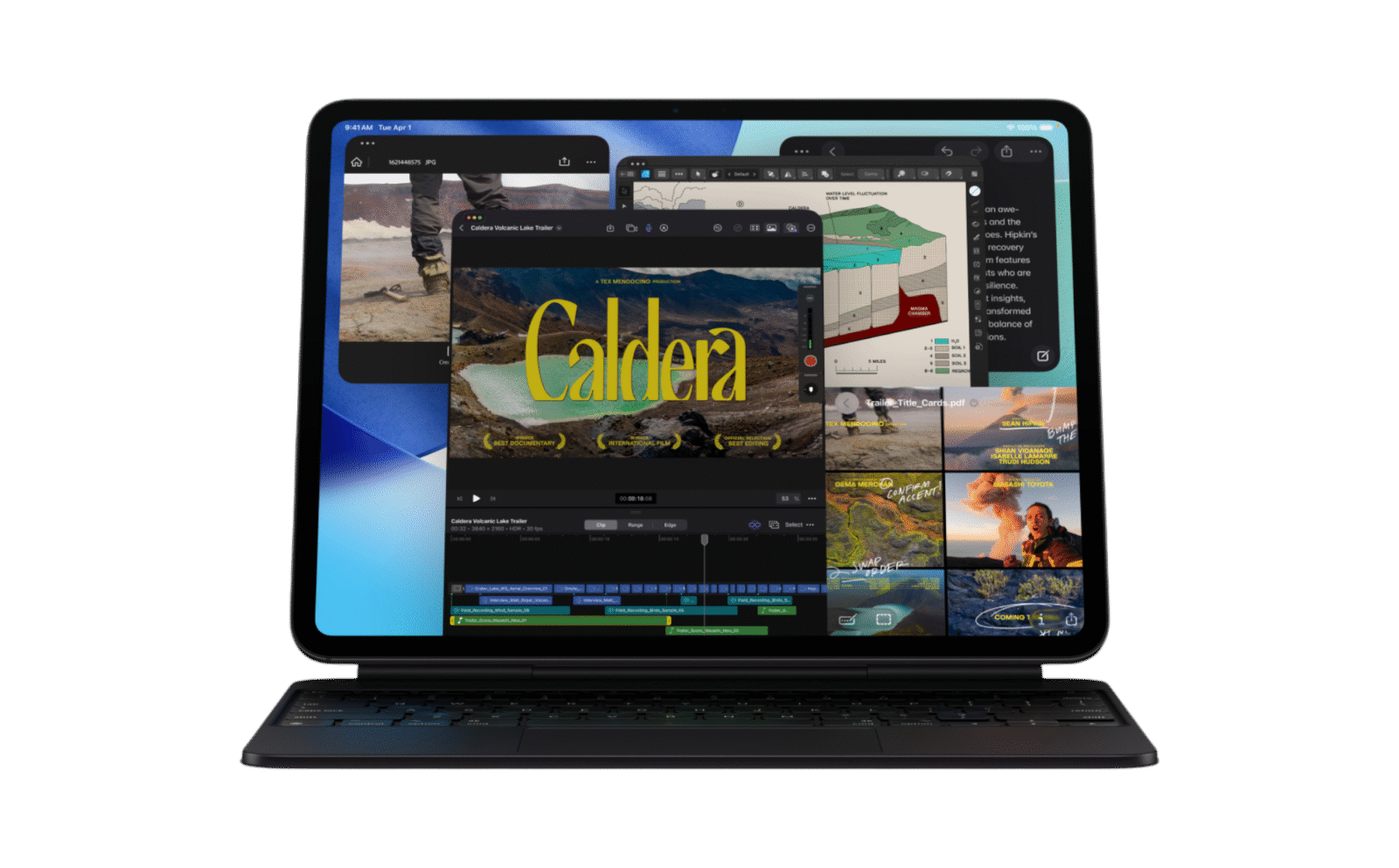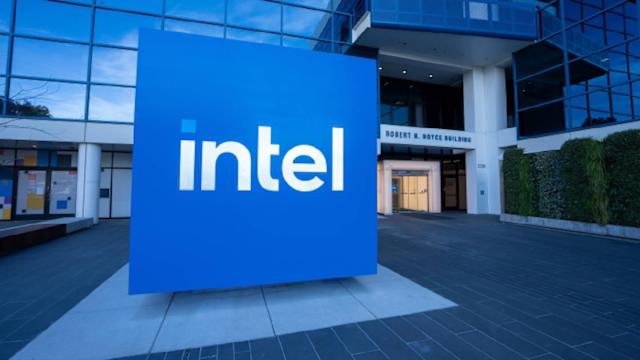Apple has released iOS 26 Beta 8, which many expect to be the final beta before the stable version rolls out alongside the iPhone 17 lineup next month. The first developer beta dropped on June 9 during WWDC 2025, and Apple traditionally times the public release of its new iOS version with its annual iPhone launch. Based on typical scheduling, iOS 26 could go stable around September 16, though Apple has yet to confirm the date.
For testers running the beta, the stable release will also mark the first opportunity to exit the beta program and move back to the official build without wiping their device. Apple is expected to release an iOS 26 Release Candidate (RC) shortly before the general rollout.
The update introduces Apple’s Liquid Glass design language, bringing a translucent, layered look to the Home Screen, Lock Screen, and Control Center. Early feedback suggests Apple has slightly toned down the effect since the first betas, though it remains a defining visual change compared to past iOS versions.
In terms of features, iOS 26 refines Apple Intelligence with practical tools rather than sweeping new AI upgrades. Live Translation enables real-time multilingual conversations, while Hold Assist monitors phone calls when you’re placed on hold and alerts you when someone returns—a feature similar to Google’s “Hold for Me.” Apple has also added polls in group chats, call screening to filter unknown callers, and a new Games app. Apple Maps now learns users’ preferred routes and proactively warns of delays.
One much-anticipated feature—“Personal Siri,” Apple’s AI-enhanced assistant—remains delayed until at least spring 2026. This comes as Google pushes ahead with its Magic Cue on Pixel 10 devices, which already delivers similar context-aware assistance by pulling information from texts, emails, and calendars.
Battery life has steadily improved across the beta cycle, and most of the major bugs seen earlier this summer, such as the temporary issue where incoming calls failed to ring, have been resolved.
With the stable release just weeks away, iOS 26 appears ready to mark a transition year for Apple—shifting focus from last year’s AI-first approach toward design, usability, and practical enhancements, while setting the stage for bigger AI updates to follow.







